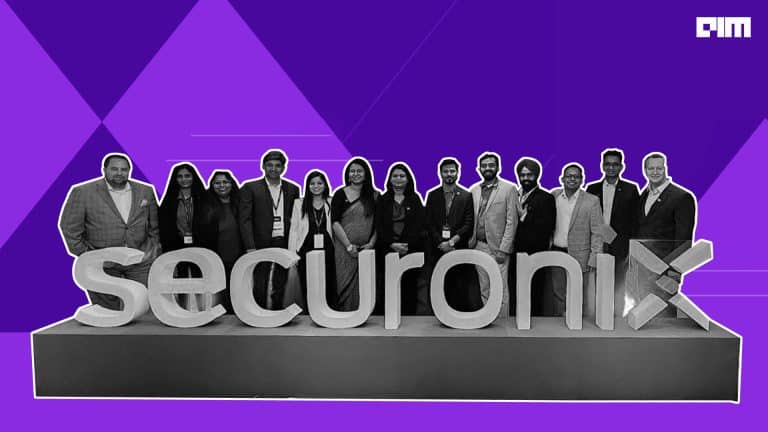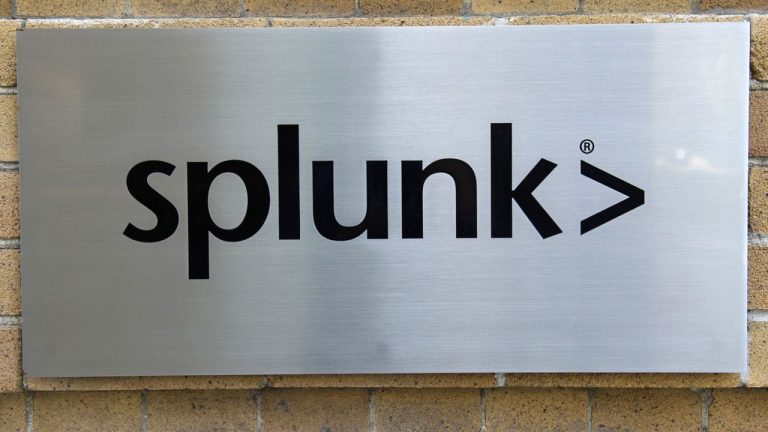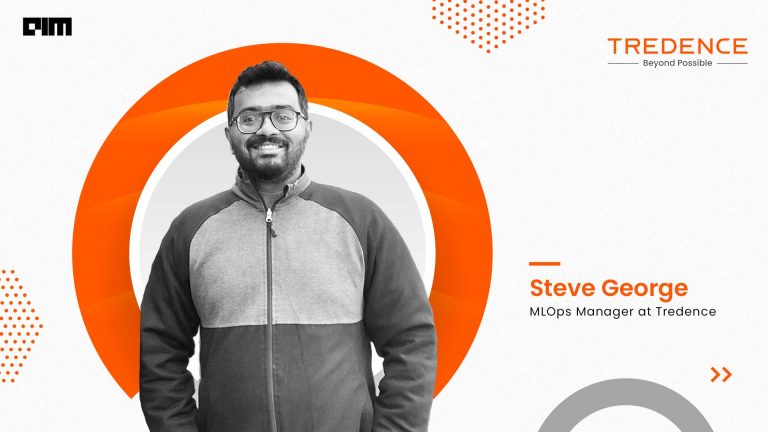With the rampant data breaches and cyber attacks, the need for robust data protection and information rights management solutions has become paramount. Seclore, a leader in data-centric security, offers a suite of solutions to help enterprises protect their sensitive information, comply with privacy regulations, and prevent unauthorised access to their data.
Headquartered in Milpitas, California, the platform has over 2 million users across 420 companies in 22 countries. Analytics India Magazine spoke with Vishal Gupta, the CEO of Seclore, to learn more about the company’s key technologies and how they differ from the other solutions in the market.
Seclore’s Technology
Seclore’s technology suite, as per Gupta, provides a comprehensive data-centric security capability, which any enterprise can have as a single-pane-of-glass for their data protection program. The suite combines information from various systems like Identity and Access Management (IAM), Data Loss Prevention (DLP), Cloud Access Security Brokers (CASB), and Security Incident and Event Management (SIEM) to provide a holistic view of data protection. The company’s origins are in information rights management, where it has been a leader since inception.
Gupta explained that the key differentiators between Seclore’s technology and other options for data-centric security and rights management are automation, ease of use, and comprehensive compliance.
Additionally, through the use of AI/ML techniques and seamless integration with enterprise systems like M365, email, DLP, ECM, IAM, etc, Seclore has removed the need for end-users and system admins to participate in the data protection goal. Gupta goes on to say that automation has simplified and streamlined the process of data protection and reduces the workload for system admins.
Moreover, Gupta says that Seclore’s technology allows enterprises to secure all confidential information without compromising on user productivity. Support for all operating systems, collaboration technologies, formats, and productivity apps makes for a one-technology-fits-all solution in an increasingly diverse environment for enterprises.
And since any enterprise of scale today comes under tens and sometimes hundreds of privacy and security compliance mandates, Seclore’s data-centric auditing capabilities allow compliance and non-repudiation across all such compliance frameworks.
Securing Customer Data
The underlying capability of Seclore’s DCS platform, according to Gupta, is Rights Management. With Rights Management, Seclore protects the information by creating a security wrapper that stays with the protected information throughout its life cycle, whether the information is used, sent, or stored within or outside the customer’s organisation or with a third party. This security layer ensures that the information is encrypted, and only authenticated people have access and can perform only those actions that they have been authorised to perform. So, even if there is a breach or a ransomware attack and the data is exfiltrated, the Seclore-protected information is completely unusable for the unauthorised user/hacker.
User Authentication and Access Control
Seclore’s solutions have the capability to integrate with the customer’s own user authentication repository which can be any industry solution like AD, Azure AD, Ping, OKTA, Siteminder, LDAP, etc. However, for customers with no dedicated user repository or customers that do not want to integrate with one, our offerings come with an inbuilt user authentication system built on OpenDJ. This helps our customers manage access to their data based on approved and authenticated permissions and ensure the safety of the information being shared.
The integration with existing user authentication systems is an important consideration for many enterprises, as it simplifies the management of user accounts and can reduce the administrative burden of managing multiple authentication systems. This integration also helps ensure that users are using consistent login credentials across all systems, which is important for security purposes.
For organisations that do not have an existing user authentication system in place, Seclore’s inbuilt user authentication system provides a straightforward solution. OpenDJ is an open-source, directory-based access management solution that provides secure access to data, applications, and services. With Seclore’s inbuilt user authentication system, organisations can quickly and easily set up a secure authentication system to control access to their data.
Integrating Seclore’s Solutions
Seclore provides integration capabilities at three levels:
Out-of-the-box connectors: Seclore has invested in building and maintaining standard, out-of-the-box connectors to various systems like M365, DLP, CASB, etc, which can be deployed with a click of a button. A list of the standard connectors is available on Seclore’s website.
Partner-developed and maintained connectors: Seclore’s partners have built and maintained connectors to even more enterprise systems. These include integrations with core banking systems, policy administration systems, ERP systems, etc.
APIs and development tools: Seclore’s platform comes with rich APIs and connector development tools, making it an integration-friendly company. Internal enterprise teams and system integration companies have used these tools to build custom connectors.
Seclore’s robust and scalable solutions portfolio addresses customers’ data security, compliance, and privacy needs. The platform offers key integration capabilities, and its pluggable framework makes it a differentiating product in the space. Additionally, its platform-centric approach and integration friendliness provide ample customisation flexibility to tailor the product to the customer’s needs.


















































































